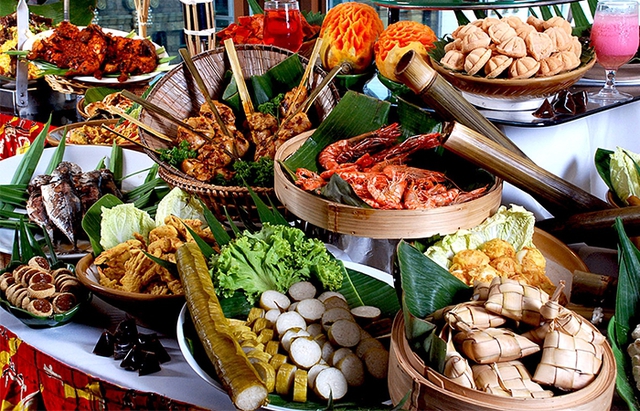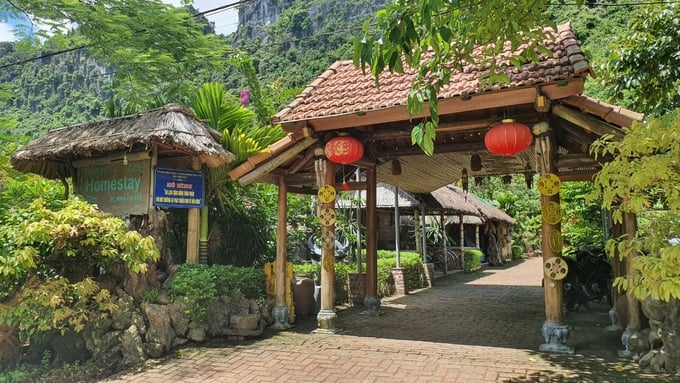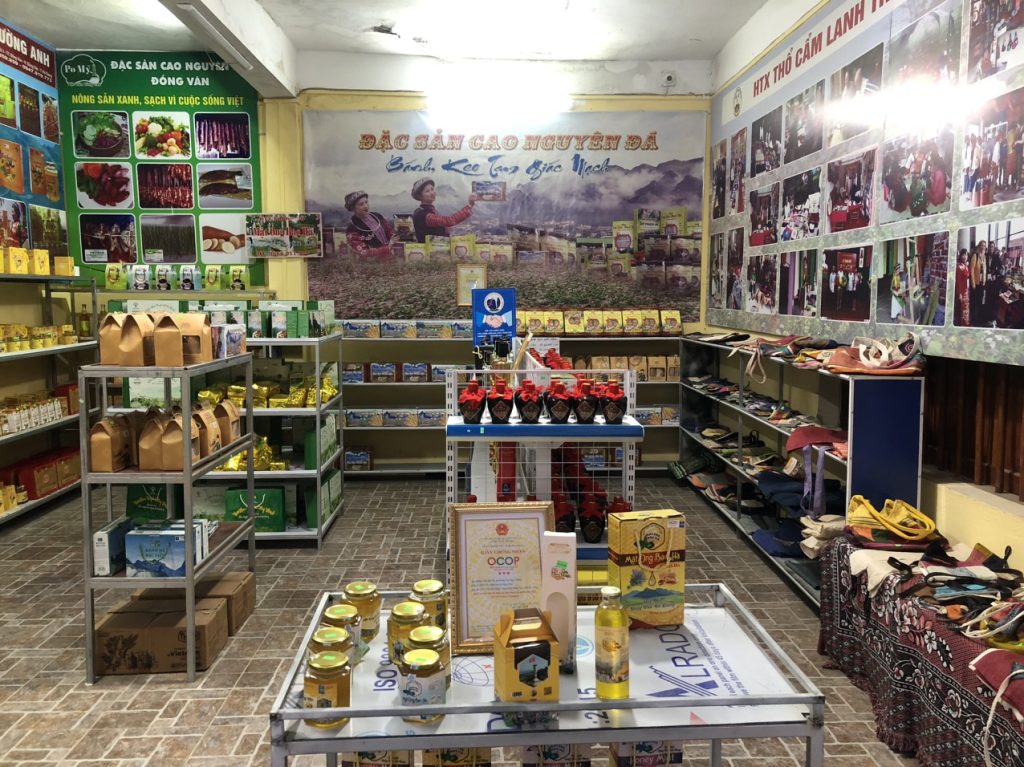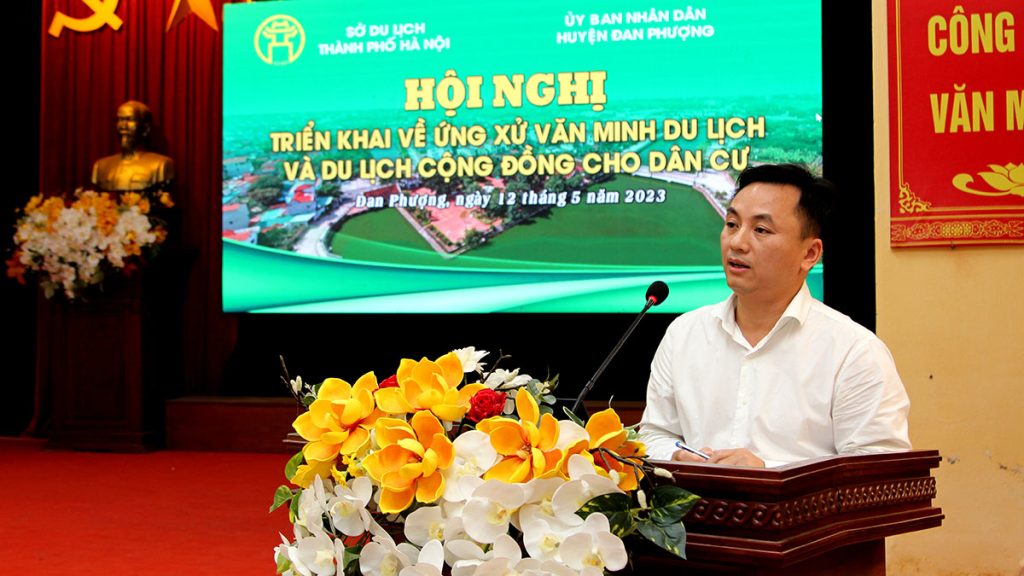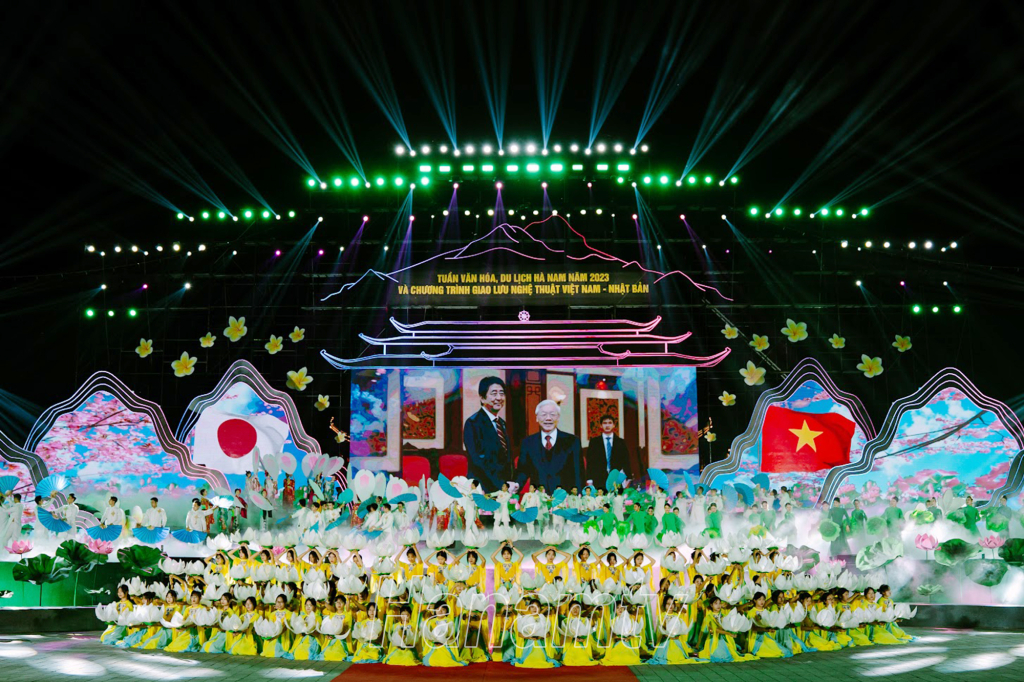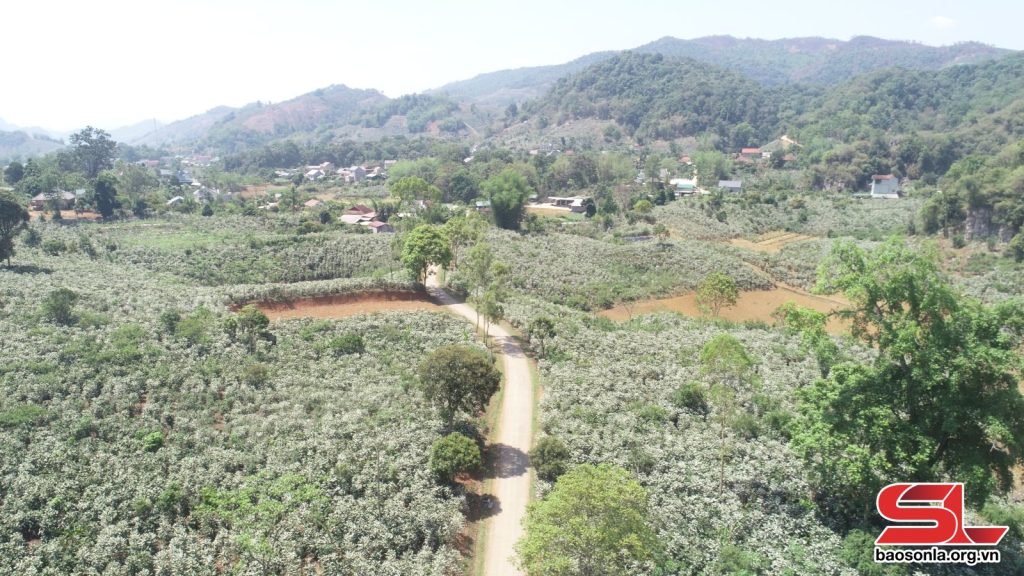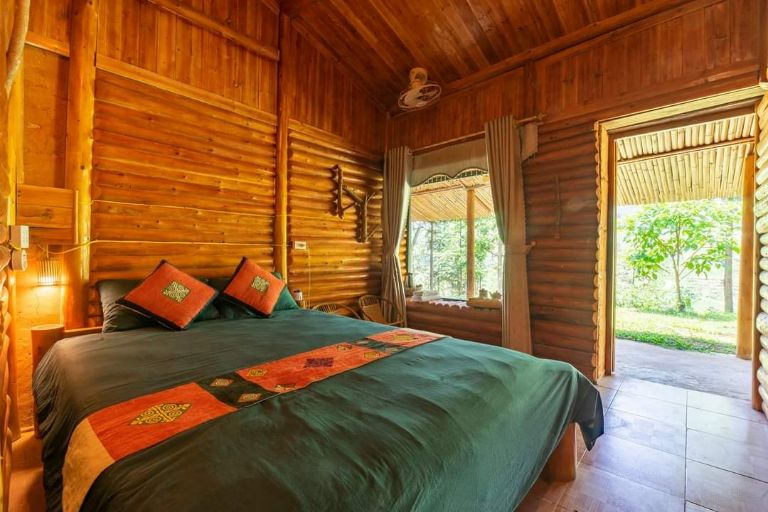(TITC) – In 2023, Tan Hoa Village (Quang Binh Province) was honored by the United Nations World Tourism Organization (UNWTO) as one of the World’s Best Tourism Villages. Its success is not only a source of pride for Quang Binh but also a model that offers valuable lessons for rural development throughout Vietnam.
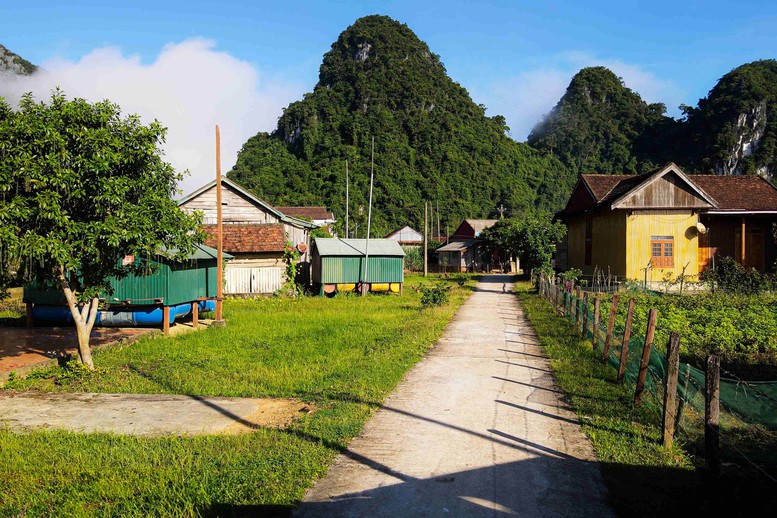
From a Flood-Prone Village to a Tourism Success Story
Nestled in a limestone mountain basin, Tan Hoa was once known for its seasonal flooding. For decades, local livelihoods relied on subsistence farming, hindered by limited infrastructure and poor transportation links.
In 2018, with the support of Oxfam, the village began developing community-based tourism. This approach – centering the local community, leveraging cultural and natural heritage, and promoting responsible tourism – sparked a remarkable transformation.
Core Strengths of the Tan Hoa Model
Community-led tourism
Tan Hoa’s residents are the owners of tourism. They host guests, guide tours, cook meals, manage homestays, and oversee operations. Regular training in English, service skills, and financial management ensures professional standards. Today, tourism contributes over 60% of household income, creating strong incentives to protect the environment and preserve local culture.
Cultural preservation integrated with authentic experiences
Tan Hoa avoids “staged” tourist villages. Instead, it offers visitors the unfiltered rhythms of Central Vietnamese rural life – planting rice, cooking traditional meals, playing folk games, hearing village stories, or experiencing floating houses during flood season. This authenticity turns a visit into an immersive cultural exchange rather than just sightseeing.
Tourism as climate change adaptation
The village’s anti-flood floating houses are both a safety measure and an attraction. During floods, they safeguard lives and property; in the dry season, they serve as guest accommodations. This innovation transforms a climate challenge into an economic opportunity.
Connection with unique natural assets
Surrounded by pristine caves such as Tu Lan and Tien, along with lush rice fields and striking karst landscapes, Tan Hoa is ideal for trekking and adventure tourism. All tours are designed with safety, sustainability, and direct community involvement in mind.
Why Replicating the Tan Hoa Model Matters
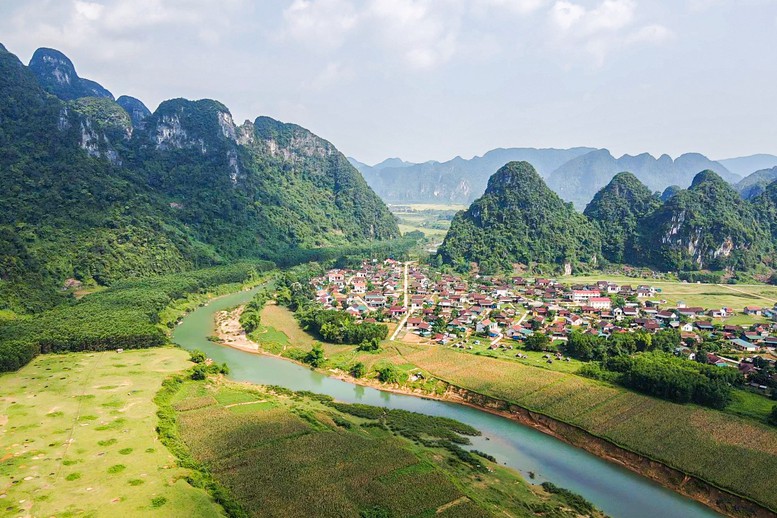
Over 60% of Vietnam’s population lives in rural areas rich in culture, landscapes, and traditional crafts. Yet many villages face depopulation, fragile livelihoods, and erosion of heritage.
The Tan Hoa model offers a sustainable alternative – rooted in responsible, community-centered tourism – that aligns with global shifts away from mass tourism toward authentic, experience-driven travel.
Replication is not about copying Tan Hoa wholesale, but about adapting its guiding principles:
- People at the center, rather than business dominance.
- Local resources first, avoiding imported, non-contextual models.
- Culture and environment protected, alongside job creation.
- Strong partnerships among government, businesses, and the community.
Recommendations for Localities Looking to Apply the Model
To replicate Tan Hoa’s success, several conditions should be met:
- Conduct thorough assessments of cultural, ecological, and human resource potential to design a tailored model.
- Provide structured training in language, hospitality, financial management, and communication.
- Establish clear legal frameworks and incentive policies to ensure community tourism develops sustainably.
- Engage tourism businesses as long-term partners and supporters, not replacements for community leadership.
- Communicate authentically, highlighting cultural and experiential value rather than chasing visitor numbers.
With the right approach, Tan Hoa’s story can inspire a new chapter for rural tourism across Vietnam – one that is sustainable, culturally rich, and led by the very communities it seeks to empower.
Tourism Information Technology Center

